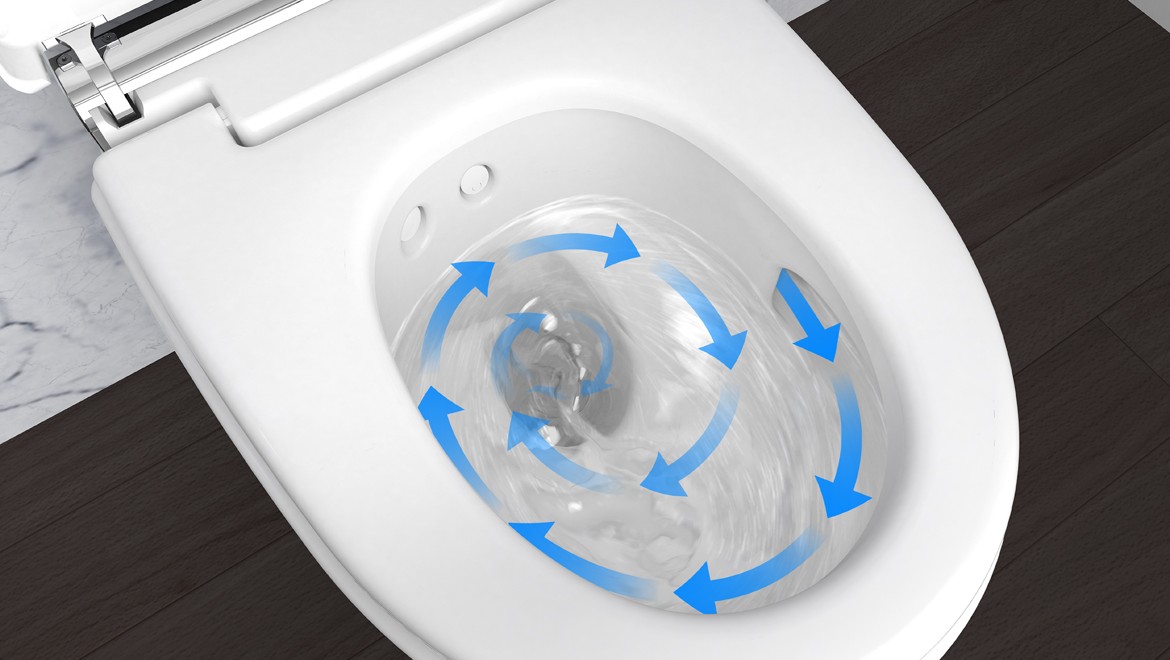In today's world, environmental sustainability isn't just an optionit's a necessity. For industry professionals, particularly in QA, understanding and implementing toilet water conservation can play a pivotal role. Let's dive into the strategies that can make a significant impact without compromising on quality or performance.

Understanding the Importance of Water Conservation
The significance of conserving water has never been more crucial. The concern about depletion of water resources grows as the demand for water increases. Using a dual-flush toilet can reduce water significantly, as outlined in dual-flush technology, while maintaining efficiency.
Implementing High-Efficiency Toilets
High-efficiency toilets (HETs) are designed to use less water per flush compared to traditional models. These toilets are not only good for the environment but can also save money on water bills. For more on how HETs work, refer to this detailed post.
The Role of WaterSense
Products that are WaterSense certified meet rigorous criteria for both performance and efficiency. Implementing WaterSense labeled toilets is a smart step towards significant water conservation. For more insights, visit EPA's official page.
Regular Maintenance and Leak Detection
Regular maintenance and timely leak detection are crucial in reducing water usage. Small leaks can lead to significant water wastage if not addressed promptly. Industry experts recommend using automatic water shut-off systems for enhanced efficiency, which you can learn more about here.
FAQs
1. How does a dual-flush toilet save water?
Dual-flush toilets offer two flush options: a full flush and a lower-volume flush. This allows users to choose based on waste type, conserving more water in the process.
2. Are high-efficiency toilets effective in large households?
Yes, high-efficiency toilets are ideal for both small and large households, providing consistent performance with significant water savings.
3. What should I do if I suspect a toilet leak?
If you suspect a leak, it is crucial to address it immediately. Regular DIY checks can help, but consulting professionals may be required for serious leaks.

Conclusion
Understanding how to reduce toilet water usage in your industry setting can lead to substantial savings and environmental benefits. By choosing and maintaining efficient toilets, coupled with a strong water conservation policy, you ensure a sustainable future. Explore more about the advantages of water-saving solutions here.






